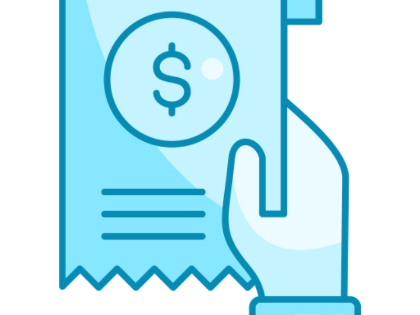Mortgages: Your ally in creating a future-ready home
Families and individuals can purchase homes with mortgages without having to pay the entire purchase price up front. The borrower pays monthly installments of principal and interest until the loan is repaid in full, with the property serving as collateral. Prior to choosing a lender, it is crucial to compare several mortgage possibilities. Get pre-approved with Ally Home to take the first step toward becoming a home owner.
1. Obtain prior approval

2. Make the Most of Your Savings
 Now that you are aware of the amount you must save, it is time to begin making monthly contributions. You can track your progress and create goals with the aid of tools like budget templates. Additionally, you can use applications like Surprise Saves to evaluate your expenditure and find places where you could make savings. The funds that are automatically sent into a savings account are then saved.
Asking friends and family to donate cash in lieu of tangible gifts on holidays and special occasions can help you save money. Building up enough money for a down payment could take some time, but you can achieve it with a solid plan and persistent work. Don't forget to account for recurring expenses associated with home ownership, such as taxes and upkeep. These costs might mount up quite rapidly.
Now that you are aware of the amount you must save, it is time to begin making monthly contributions. You can track your progress and create goals with the aid of tools like budget templates. Additionally, you can use applications like Surprise Saves to evaluate your expenditure and find places where you could make savings. The funds that are automatically sent into a savings account are then saved.
Asking friends and family to donate cash in lieu of tangible gifts on holidays and special occasions can help you save money. Building up enough money for a down payment could take some time, but you can achieve it with a solid plan and persistent work. Don't forget to account for recurring expenses associated with home ownership, such as taxes and upkeep. These costs might mount up quite rapidly.
3. Schedule a house assessment.
 Before making a purchase, buyers can learn more about a house through a home inspection. Significant issues like a fractured foundation, a leaky roof, or electrical difficulties may be revealed by this information.
A competent home inspector will be in-depth and deliver a comprehensive report on the state of the house. During the inspection, buyers ought to be there and ask questions as needed.
The results of a house inspection might provide purchasers with a negotiating advantage. They have the option to walk away from the transaction, ask for repairs to be done, or ask for a price reduction or credit on the sale. It's also a good idea to include a house inspection contingency in the mortgage loan approval. This might shorten your list of things to do after closing on the house and lessen your stress after moving in.
Before making a purchase, buyers can learn more about a house through a home inspection. Significant issues like a fractured foundation, a leaky roof, or electrical difficulties may be revealed by this information.
A competent home inspector will be in-depth and deliver a comprehensive report on the state of the house. During the inspection, buyers ought to be there and ask questions as needed.
The results of a house inspection might provide purchasers with a negotiating advantage. They have the option to walk away from the transaction, ask for repairs to be done, or ask for a price reduction or credit on the sale. It's also a good idea to include a house inspection contingency in the mortgage loan approval. This might shorten your list of things to do after closing on the house and lessen your stress after moving in.
4. Present Your Offer
 You will need to submit an offer as soon as you've located the house you wish to purchase. This is a legally binding agreement that outlines all of the parameters of the transaction as well as the amount you are willing to pay.
This covers the amount of your earnest money (deposit) and any conditions on what happens to it in the event that negotiations fail. It also covers whether you're paying cash or getting a mortgage. To bolster your offer even more, if you can, attach the prequalification letter from your lender.
Try to be kind when drafting your offer, and avoid making any unreasonable demands that can annoy the seller. For instance, do not nag them about small repairs you can do after you move in or require them to provide furnishings as part of the transaction.
You will need to submit an offer as soon as you've located the house you wish to purchase. This is a legally binding agreement that outlines all of the parameters of the transaction as well as the amount you are willing to pay.
This covers the amount of your earnest money (deposit) and any conditions on what happens to it in the event that negotiations fail. It also covers whether you're paying cash or getting a mortgage. To bolster your offer even more, if you can, attach the prequalification letter from your lender.
Try to be kind when drafting your offer, and avoid making any unreasonable demands that can annoy the seller. For instance, do not nag them about small repairs you can do after you move in or require them to provide furnishings as part of the transaction.








